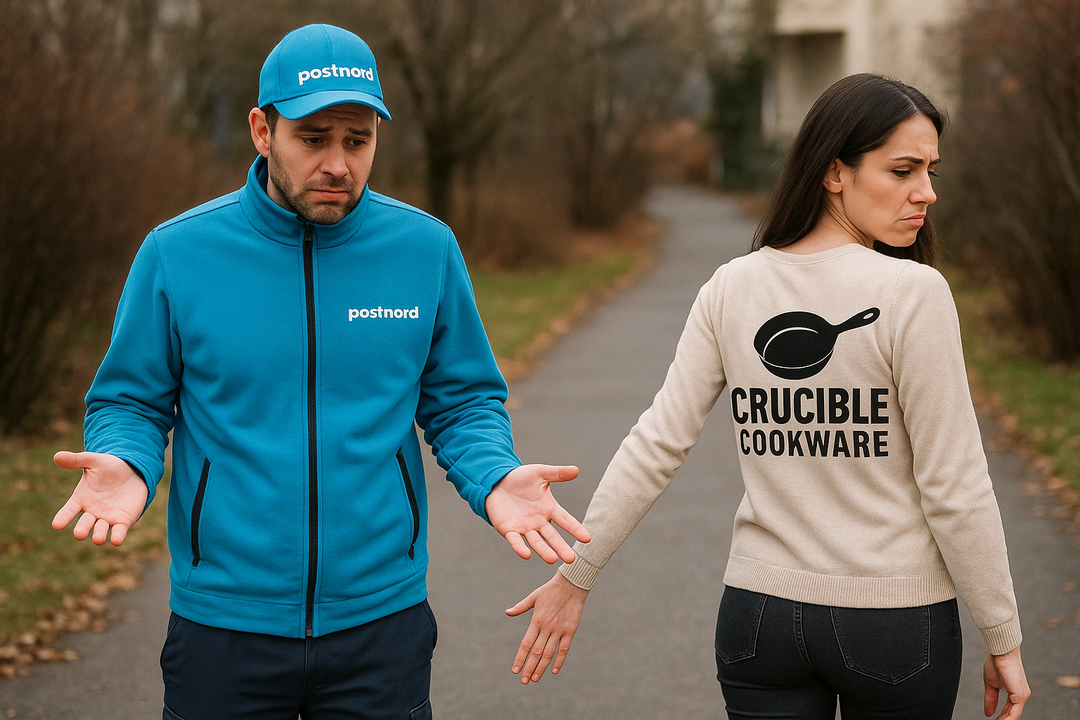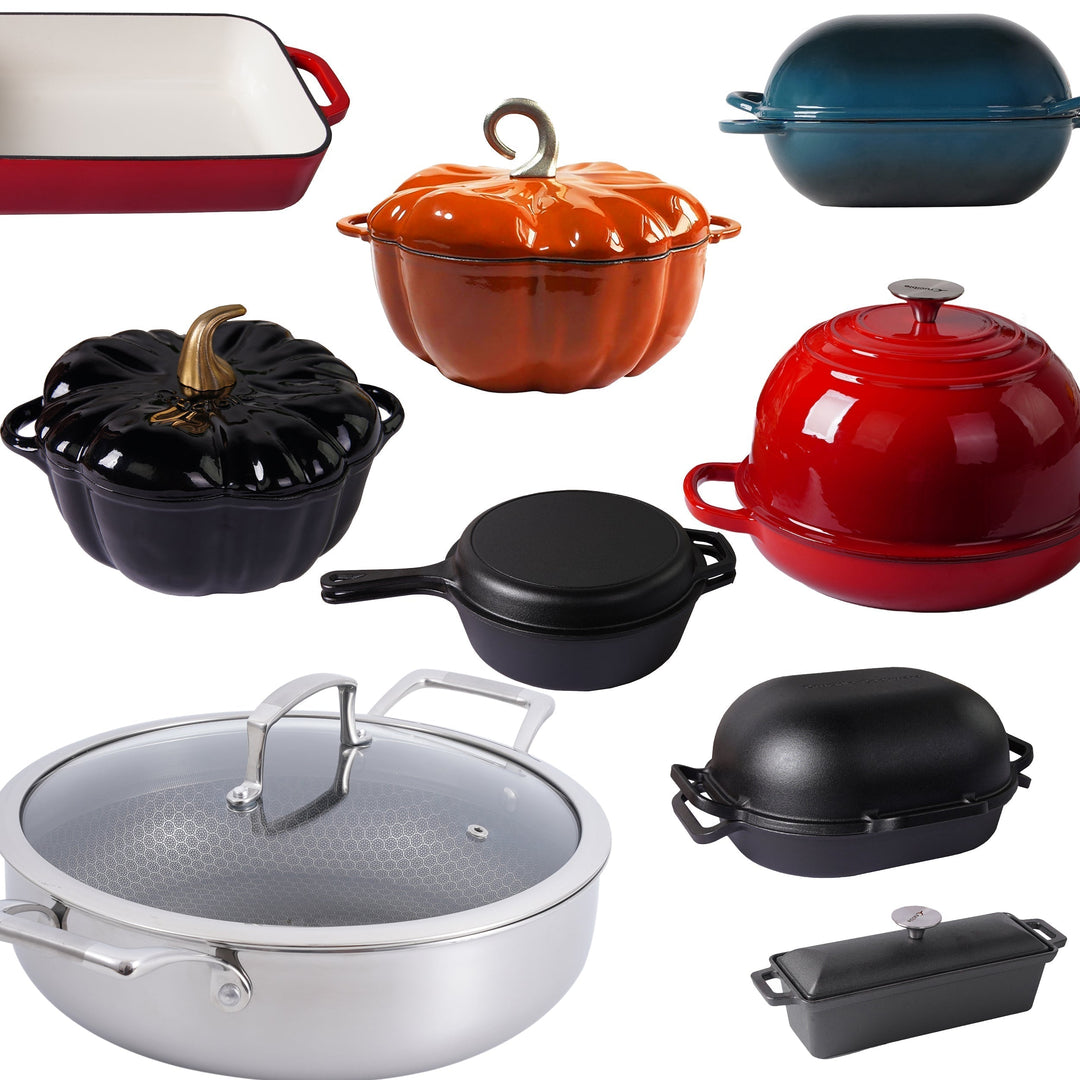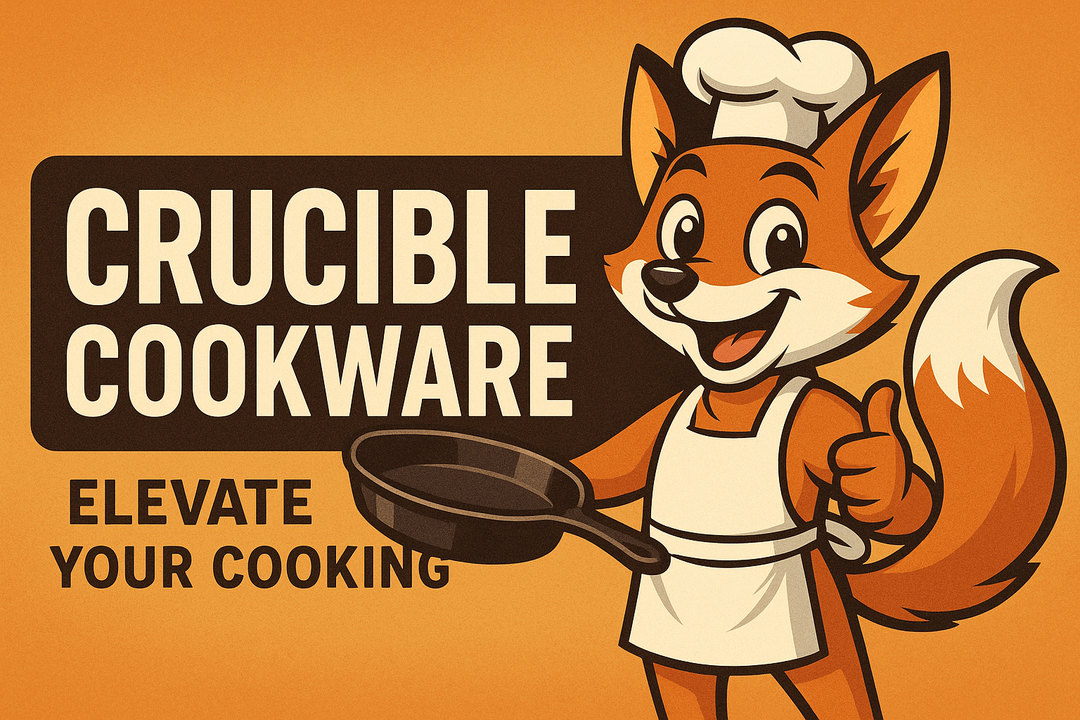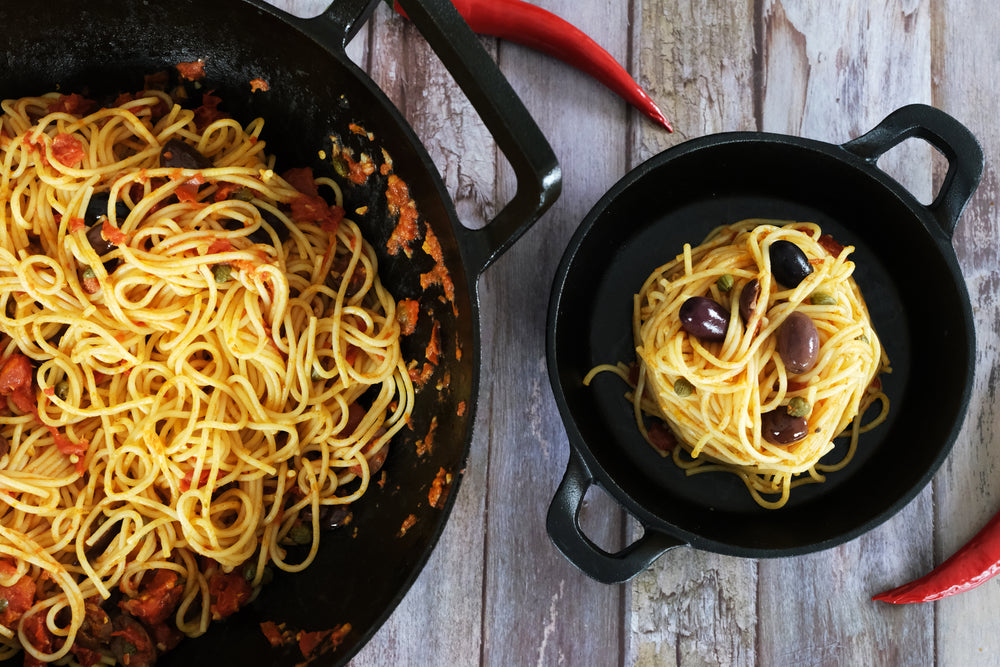Why Knife Skills Are Important

When reading recipes you can see that when it comes to cutting the ingredients words like “chop”, “dice”, “mince” are used, but why so many words for simply cutting and what do they mean, and will it make a difference for the end result?
Understanding the difference and nuances will immediately make you a better cook. The four main reasons for different cuts are Flavor, Cook Time, Texture, and Appearance.
Flavor
The smaller pieces you cut, the more parts will be spread out in the dish. Large pieces will provide a more subtle flavor to the dish and are frequently used in for example broth.
Finely minced pieces are will provide a stronger flavor due to more exposure of the ingredient to the dish. The most flavor is brought with a mortar and pestle. A food processor cuts the ingredients in tiny pieces but not rupturing all of their cells to release aromatic compounds, a mortar, and pestle, on the other hand, do a great job of actually crushing individual cells, which results in much better flavor.
This must be taken into account when cooking with strongly flavored ingredients like garlic, shallots, onions, chili, and ginger.
Texture
The ingredient's size and shape will determine the texture and how you experience the finished dish in your mouth. For example, when frying onions, you want them to break down and become soft, the smaller pieces the softer they will become. And consequently, if you want a little bit of chew in a vegetable you slice in a little bit larger pieces.
Cook time
If you use large pieces it will take more time to cook than using small pieces. You might be cooking a Goulash soup and according to the recipe should add potatoes the last 30 minutes. This means you should cut the potatoes in pieces that will make them tender but not mushy after 30 minutes of simmering.
Appearance
You eat not only with your mouth but also with your eyes. When serving a dish you made with care, both you and your company will see the love you put into it by how much care you put into cutting the ingredients.
Can I use whichever size I want?
In general, you should always follow the instructions regarding chopping in a recipe especially if they are very specific. With time and experience, you will begin to get a feel for how big or small to chop the ingredients. You can picture the finished dish in your head when prepping the vegetables and consider if you want the pieces to be big and chewy, or if smaller pieces will fit better. Would like to bite into a large piece of vegetable or would it be better if it were smaller and less obvious?
What is the Difference Between Chop, Dice, and Mince?
Sometimes you can see the words chop and dice are used interchangeably, but to be correct the word dice is used for smaller pieces and the word chop is used for larger pieces.
You almost never see the term large dice, however, you will see large chop and small dice rather frequently. Dice can also refer to cutting vegetables into cubes of a specific size while chop is less precise. In general, chop is more casual and has more leeway while dice is more specific.
The word mince means a very small dice.
















Leave a comment